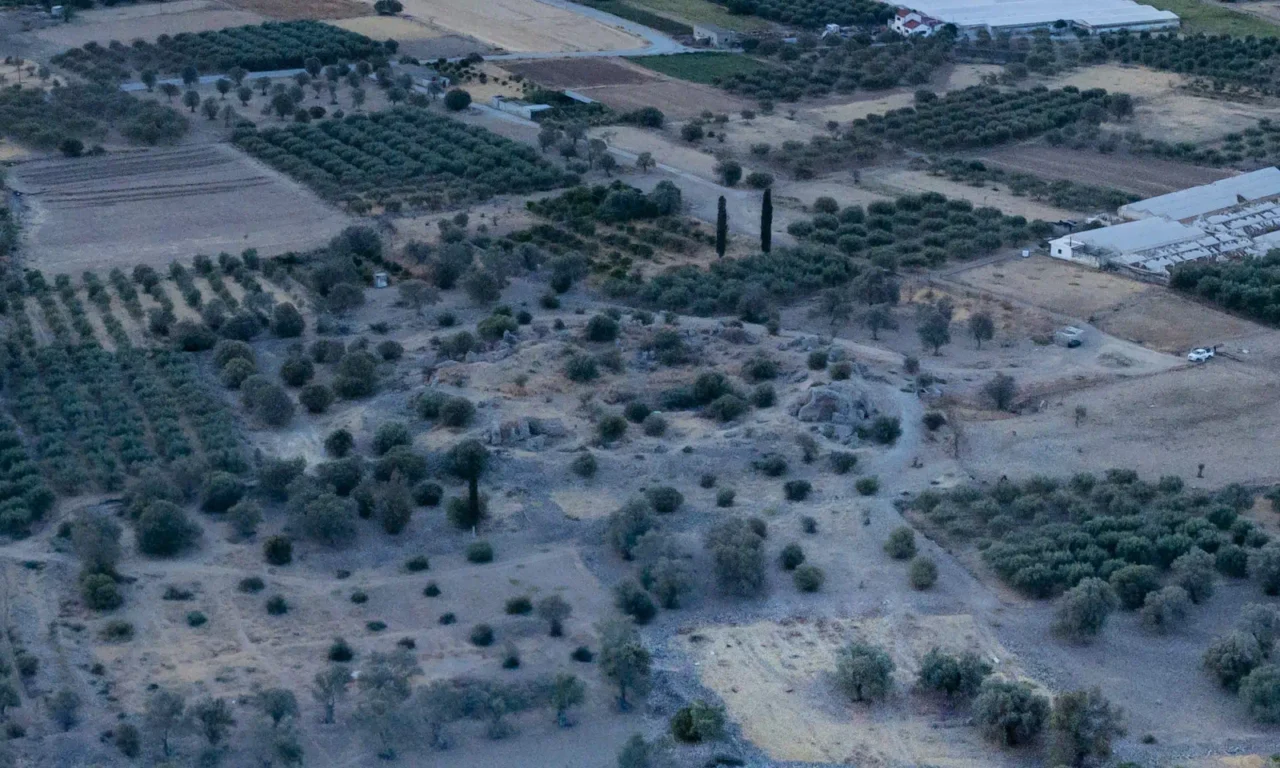
Arena of Roman Spectacle
The Amphitheater at Gortyn, a colossal structure situated at the eastern edge of the ancient city, offers a captivating glimpse into the entertainment and social dynamics of Roman Crete. Built during the 2nd century AD, this imposing edifice hosted a variety of spectacles, including gladiatorial combats, animal hunts (venationes), and public executions, reflecting the Roman fascination with violence and spectacle.
Location and Context
The Amphitheater is located in a suburban area, separated from the main urban center by a stretch of the necropolis. This positioning suggests a deliberate separation between the city’s everyday life and the often brutal and bloody events that took place within the amphitheater’s walls. The amphitheater’s location on the outskirts also allowed for easy access for large crowds, including visitors from surrounding areas.
Construction and Architectural Features
The Amphitheater’s construction is estimated to have occurred in the 2nd century AD, during the peak of Roman rule in Crete. The structure’s elliptical shape and massive size, with a major axis measuring approximately 105 meters and a minor axis of about 82 meters, could accommodate thousands of spectators. The arena, the central performance area, was surrounded by a series of stepped seating areas (cavea) that provided views for the audience.
The amphitheater’s construction utilized local materials, including limestone and sandstone, reflecting the Roman practice of adapting local resources and building techniques. The structure’s design incorporated various architectural elements, such as arches, vaults, and corridors, to ensure efficient crowd movement and access to the different seating sections.
Function and Purpose
The Amphitheater served as a primary venue for public entertainment in Roman Gortyna. Gladiatorial combats, animal hunts (venationes), and public executions were among the spectacles that took place within its walls. These events, often violent and bloody, served as a means of social control, reinforcing Roman authority and providing a distraction for the masses.
The amphitheater also played a role in the celebration of religious festivals and ceremonies. The Ludi Romani, games held in honor of Jupiter, may have included events in the amphitheater, featuring gladiatorial combats and other forms of entertainment.
Furthermore, the amphitheater may have been used for political gatherings and announcements. Its large capacity and open space made it an ideal location for addressing large crowds and disseminating information.
Later History and Decline
The Amphitheater remained in use until the Late Antique period, when the decline of the Roman Empire and the rise of Christianity led to a shift in social and cultural values. The popularity of gladiatorial combats and other violent spectacles waned, and the amphitheater was eventually abandoned.
In the early Christian period, the amphitheater was repurposed as a cemetery, with burials taking place within the arena and surrounding areas. This transformation reflects the changing attitudes towards death and burial practices in Late Antiquity, as well as the gradual decline of Gortyna’s urban center.
Roman Amphitheaters in the Ancient World
Amphitheaters were a distinctive feature of the Roman world, serving as venues for various forms of public entertainment, including gladiatorial combats, animal hunts, and public executions. These structures, typically elliptical in shape with a central arena surrounded by tiered seating, were built throughout the Roman Empire, from Britain to North Africa and from Spain to the eastern Mediterranean.
The Colosseum in Rome, the largest and most famous amphitheater ever built, stands as a testament to the Roman fascination with spectacle and its engineering prowess. Other notable examples include the amphitheaters at Pompeii, Capua, and Verona in Italy, Nîmes and Arles in France, and El Djem in Tunisia.
In Greece and Crete, amphitheaters were less common than in the western provinces, but they still played an important role in the cultural and social life of Roman cities. The Amphitheater at Gortyn, along with the one at Corinth, are prime examples of these structures in the eastern Mediterranean. While smaller in scale than their western counterparts, these amphitheaters still hosted a variety of spectacles that reflected the Roman way of life and its influence on the local population.
Archaeological Site: Key Points
- Construction Period: 2nd century AD
- Location: Eastern end of Gortyna, in a suburban area
- Dimensions: Major axis of approximately 105 meters, minor axis of about 82 meters
- Historical Significance: Served as a major venue for public entertainment, religious ceremonies, and possibly political gatherings in Roman Gortyna. Later repurposed as a cemetery in the early Christian period
- Current Status: The ruins of the Amphitheater are preserved at the archaeological site of Gortyna, offering visitors a glimpse into the entertainment and social dynamics of the Roman era
References
- Dodge, Hazel. 2014. “Amphitheaters in the Roman World” In A Companion to Sport and Spectacle in Greek and Roman Antiquity, edited by Paul Christesen and Donald G. Kyle. 545-558. Blackwell Companions to the Ancient World. Malden, MA: Blackwell Pub..
- Lippolis, Enzo. 2016. “Roman Gortyn: from Greek polis to provincial capital.” In Roman Crete: New Perspectives, edited by Jane E. Francis and Anna Kouremenos, 155-174. Oxford & Philadelphia: Oxbow Books.
- Di Vita, A. 1986-1987, L’anfiteatro e il grande teatro di Gortina, ASAtene 44-45, 327-351.














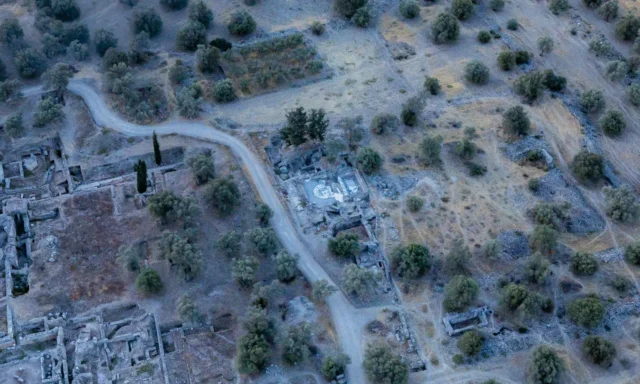
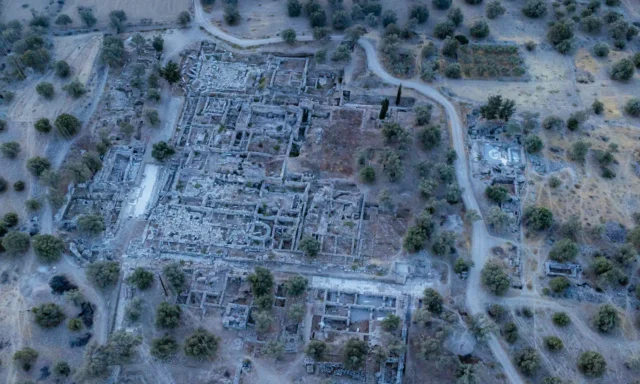
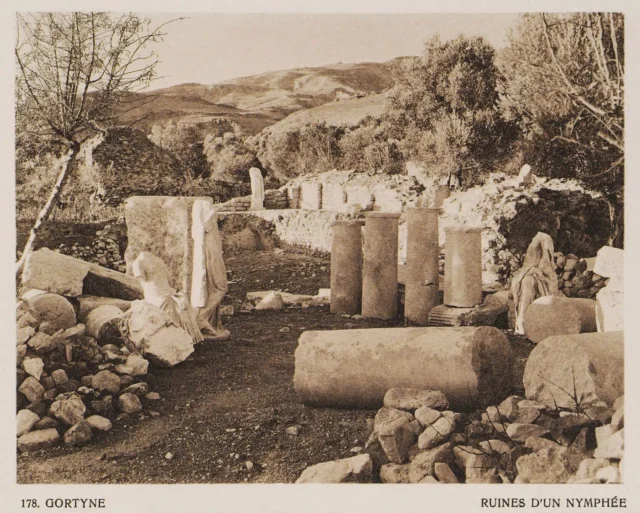


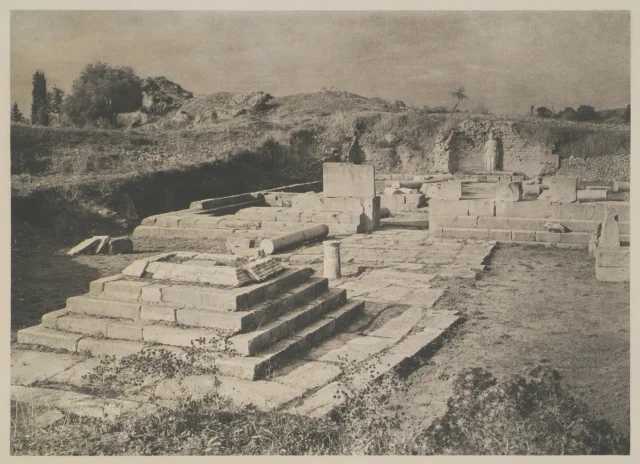
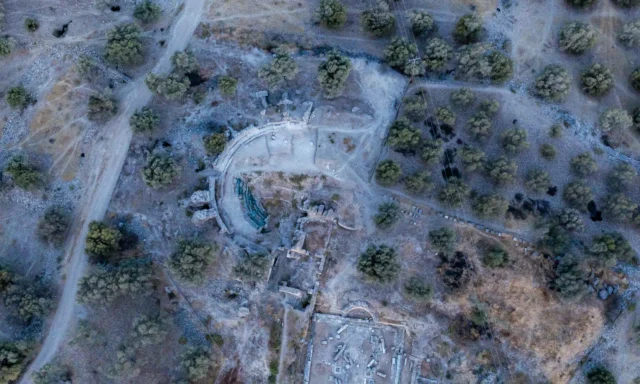
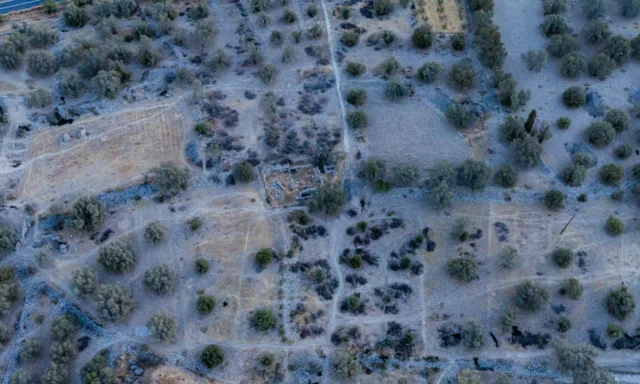

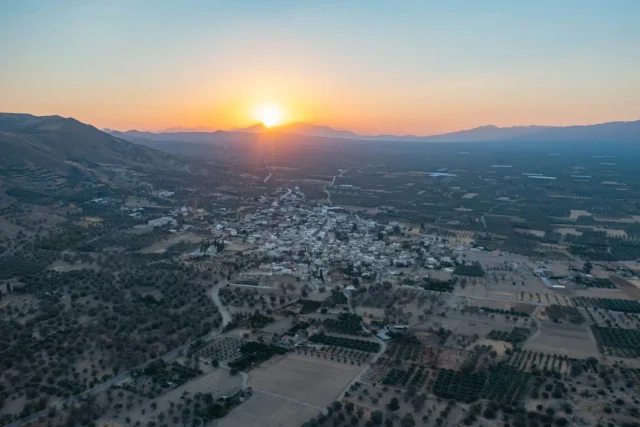
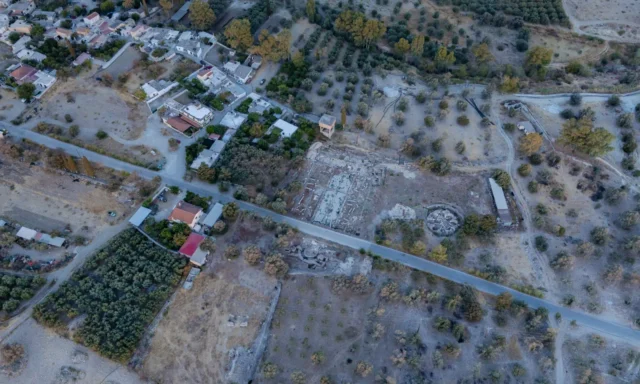
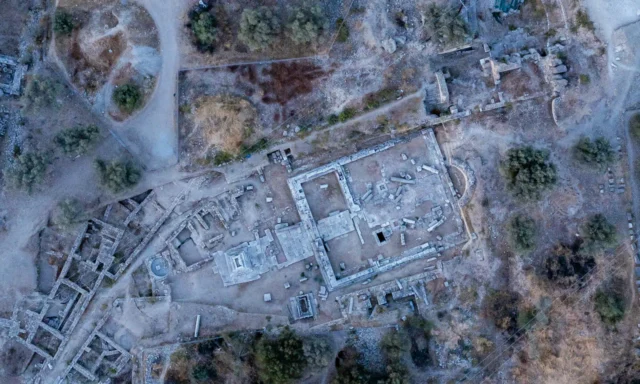
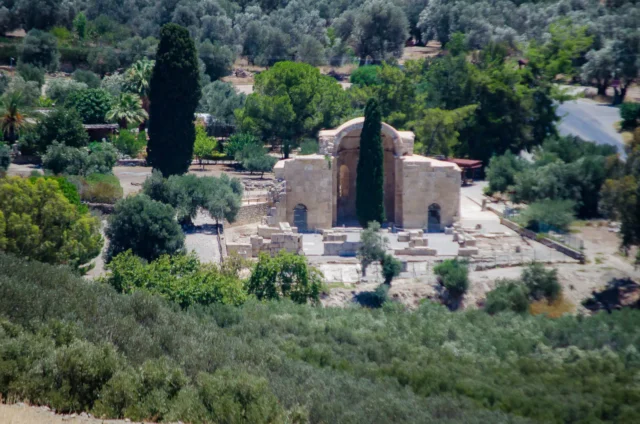
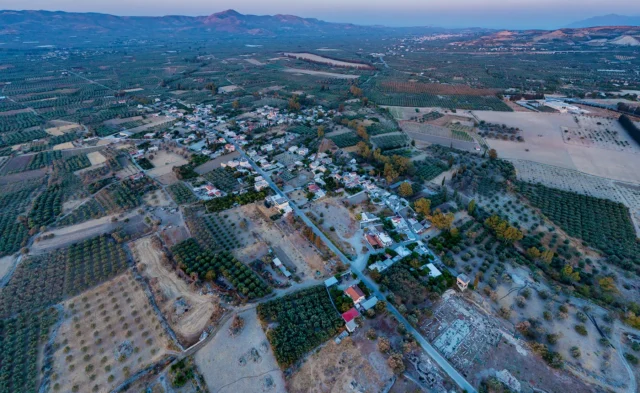
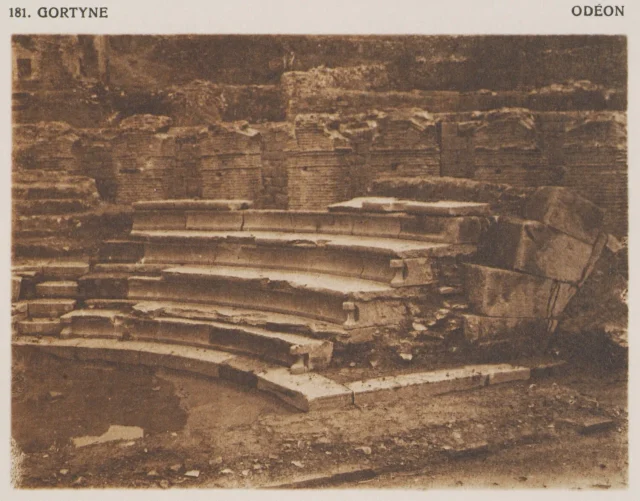
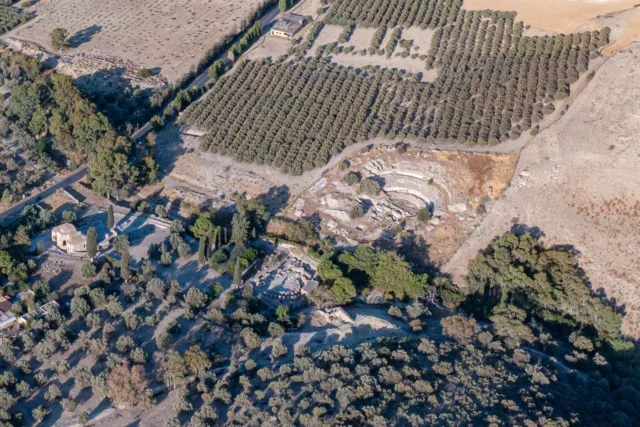

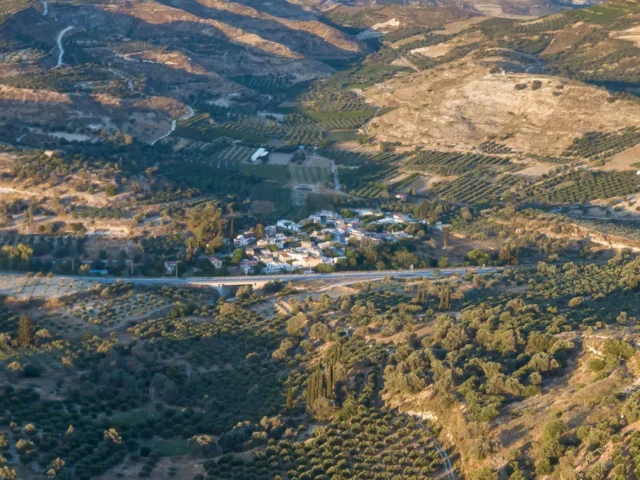

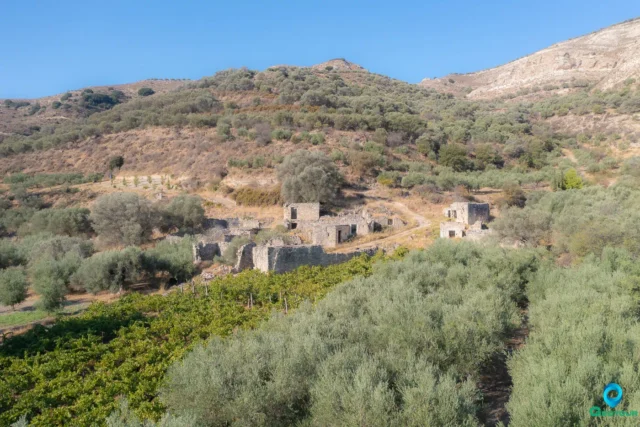
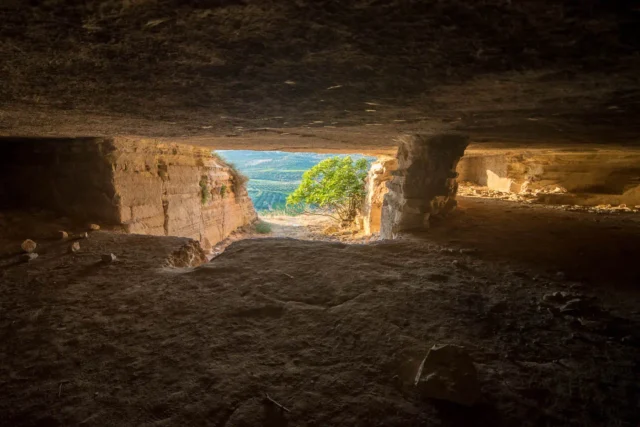

There are no comments yet.